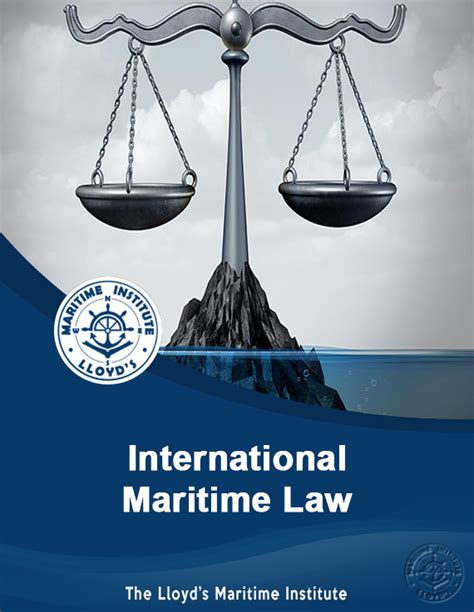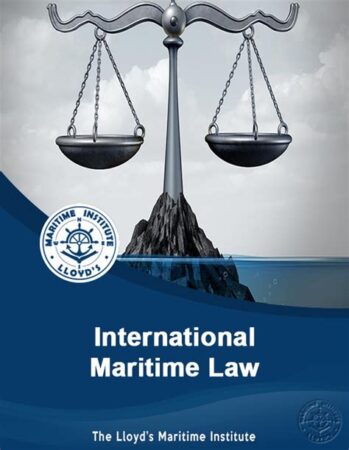
- Introduction
- Crew Disembarkement
- Passenger Disembarkement
- Immigration and Customs Procedures
- Disembarkement of Persons in Distress
- Table: Disembarkement Procedures by Vessel Type
- Conclusion
-
FAQ about International Maritime Law Disembarkation
- Who is entitled to disembark under international maritime law?
- What are the requirements for disembarking under international maritime law?
- Can a master of a ship refuse to disembark a passenger or crew member?
- What are the grounds for refusing disembarkation?
- What is the process for disembarking a ship under international maritime law?
- What if a passenger or crew member is denied disembarkation?
- Are there any restrictions on disembarking in certain ports?
- What happens if a passenger or crew member overstays their visa?
- What are the responsibilities of the master of the ship during disembarkation?
- What are the consequences of violating international maritime law related to disembarkation?

Introduction
Readers, welcome to an exploration of the intricate world of international maritime law and the disembarkement process. In this article, we will delve into the legal framework that governs the disembarkation of crew members, passengers, and others from vessels on the high seas. From the rights and responsibilities of individuals to the role of flag states and port authorities, we will shed light on this crucial aspect of maritime operations.
Embarkation and disembarkation are fundamental aspects of maritime travel and commerce. The smooth and lawful execution of these processes is essential for the safety, security, and well-being of those involved. International maritime law provides a comprehensive framework to regulate disembarkement procedures, ensuring that they are conducted in accordance with international standards and national regulations.
Crew Disembarkement
Rights and Responsibilities of Crew Members
Under international maritime law, crew members have the right to disembark from their vessel upon the completion of their contract or in case of illness or injury. This right is enshrined in the Maritime Labour Convention, 2006 (MLC), which sets minimum standards for the treatment of seafarers.
Crew members also have the responsibility to disembark in a lawful manner, following the procedures established by the flag state and port authorities. They must comply with immigration and customs regulations and cooperate with law enforcement officials.
Role of Flag States and Port Authorities
Flag states have the primary responsibility for ensuring that their vessels comply with international maritime law. They are responsible for issuing seafarers’ documents, such as passports and certificates of competency, and for enforcing regulations governing crew disembarkement.
Port authorities play a crucial role in facilitating disembarkation procedures. They provide immigration and customs services, conduct security checks, and ensure that vessels meet health and safety standards.
Passenger Disembarkement
Rights and Responsibilities of Passengers
Passengers have the right to disembark from a vessel at the designated port of destination. They must comply with immigration and customs regulations and cooperate with port authorities.
Passengers also have the responsibility to disembark in a timely and orderly manner. They must follow the instructions of the ship’s crew and port officials and refrain from bringing prohibited items or substances ashore.
Role of Shipping Companies and Terminal Operators
Shipping companies are responsible for ensuring that passengers disembark in a safe and efficient manner. They must provide clear instructions to passengers and cooperate with port authorities.
Terminal operators are responsible for managing passenger disembarkation facilities and providing necessary services, such as baggage handling and transportation.
Immigration and Customs Procedures
Immigration Regulations
Disembarking passengers and crew members must comply with the immigration regulations of the country of destination. This may involve presenting passports and visas, providing proof of identity, and undergoing security checks.
Customs Regulations
Disembarking passengers and crew members must also comply with the customs regulations of the country of destination. This may involve declaring goods and paying duties on items that are subject to customs control.
Disembarkement of Persons in Distress
Legal Framework
International maritime law imposes a duty on vessels to assist persons in distress at sea. This duty includes disembarking such persons at the nearest safe port.
Responsibilities of Vessels and Flag States
Vessels are required to disembark persons in distress at the nearest safe port, regardless of their nationality or the circumstances of their distress. Flag states are responsible for ensuring that their vessels comply with this obligation.
Table: Disembarkement Procedures by Vessel Type
| Vessel Type | Disembarkation Procedure |
|---|---|
| Cargo Vessels | Seafarers disembark through gangways or ladders onto the dock. Passengers may disembark through gangways or via lifeboats and tenders. |
| Passenger Vessels | Passengers disembark through gangways or via passenger terminals. Crew members disembark through dedicated crew gangways. |
| Fishing Vessels | Seafarers disembark through gangways or ladders onto the dock. Crew members may also disembark via small boats. |
| Offshore Installations | Personnel transfer to shore via helicopters, crew boats, or supply vessels. |
| Naval Vessels | Sailors disembark through gangways or via landing craft. Passengers may disembark via gangways or via helicopters. |
Conclusion
Readers, we hope this guide has provided you with a comprehensive understanding of international maritime law disembarkement. This complex and ever-evolving legal framework plays a vital role in ensuring the safe, orderly, and lawful disembarkation of crew members, passengers, and other persons from vessels on the high seas.
For further exploration, we invite you to check out our other articles covering topics such as maritime safety, pollution prevention, and piracy. Stay tuned for more insights into the fascinating world of international maritime law.
FAQ about International Maritime Law Disembarkation
Who is entitled to disembark under international maritime law?
Answer: Passengers and crew members who have completed their contracts or have a valid reason for leaving the ship.
What are the requirements for disembarking under international maritime law?
Answer: Passengers and crew members must have a valid passport, visa (if required), and other necessary travel documents.
Can a master of a ship refuse to disembark a passenger or crew member?
Answer: Yes, under certain circumstances, such as when the person poses a security risk or has not fulfilled their contractual obligations.
What are the grounds for refusing disembarkation?
Answer: Health concerns, criminal charges, financial obligations, and security risks.
What is the process for disembarking a ship under international maritime law?
Answer: Passengers and crew members must notify the master of their intent to disembark, complete any necessary paperwork, and cooperate with security checks.
What if a passenger or crew member is denied disembarkation?
Answer: They have the right to appeal the decision to the relevant authorities and seek legal advice.
Are there any restrictions on disembarking in certain ports?
Answer: Yes, some ports may have restrictions on disembarking for reasons such as health or security concerns.
What happens if a passenger or crew member overstays their visa?
Answer: They may face penalties, including fines, detention, or deportation.
What are the responsibilities of the master of the ship during disembarkation?
Answer: To ensure the safety and security of all passengers and crew, comply with immigration and customs regulations, and provide assistance as necessary.
What are the consequences of violating international maritime law related to disembarkation?
Answer: Fines, penalties, and imprisonment for individuals and organizations involved in illegal disembarkation or refusing lawful disembarkation.




